When I was a new graduate student of health policy, I was once asked by a professor whose class I took, why I had left clinical practice to study health policy. I replied naively, ‘I migrated from clinical practice because I don’t like the idea of working in a place where I can make one mistake and kill a person.’
‘I see,’ he said, ‘so you decided to come over to policy and kill thousands?’
His response, delivered in jest, was tacitly instructive about the importance of getting health policy right, because of the scale at which the impact can be felt. Indeed, one of the central tenets of governance in healthcare is the identification and rectification of problematic policies (WHO, 2017).
Even after learning at graduate school that policy work tends to be an arduous, convoluted and often contentious process, I still intuitively considered policy work to be safer, more elegant and less stressful than clinical work. It was experiences ‘from the trenches’ that revealed otherwise. Within a year of completing my masters, I was battling to pilot an intervention aimed at mitigating the undesirable effects of a well-intentioned health policy that has outlived its relevance in its context; a process which was the diametric opposite of ‘elegant and less stressful’!
When a health policy endangers health
Pharmacies in Zimbabwe, a low income country in Sub-Saharan Africa plagued by a protracted economic recession and a dilapidated health system (Meldrum, 2008), are prohibited by law from advertising their inventory to the general public unfettered like conventional businesses do (Health Professions Act, 2004; Medicines and Allied Substances Control Act, 2001; Pharmaceutical Professional Conduct Regulations, 1989). Given the information asymmetry characteristic of a typical healthcare market, and the potential severity of the consequences of such asymmetry, advertising restrictions are rightly intended to protect members of the public from product claims they are unequipped to evaluate objectively. However, to the extent that advertising restrictions interfere with information provision and transparency when accessing health care, they themselves are a health hazard and this is what the medicine advertising regulations in Zimbabwe have become. The fine line between availing information about care and protecting the public from exaggerated claims should be carefully navigated. Interventions which mitigate the deleterious effects of health information control policies can and should be developed.
In well-served health systems, restricting advertising in and of itself does not constitute a problem because a patient can reasonably expect to find the medicine(s) s/he requires after only one stop or at most few stops at pharmacies in his/her vicinity. However, in Zimbabwe today, systemic economic challenges are causing generalised medicine shortages. These challenges are, in the main, beyond the control of the pharmaceutical sector. As a result, the largest referral hospitals suspended elective surgeries (United Bulawayo Hospitals, 2016; Harare Hospital, 2016). Pharmacies that happen to have a particular medicine that is in short supply everywhere else, are precluded from overtly advertising this fact. Patients therefore have to rely on door-to-door enquiries at multiple pharmacies, serendipitous coincidences, intuition and the benevolence of some pharmacists who sometimes offer to help by contacting colleagues within their professional networks on behalf of patients. Electronic prescribing is not yet widely used in Zimbabwe so patients or their carers are the ones tasked with transmitting prescriptions between prescribers and the pharmacies that will ultimately dispense them. They therefore bear the transaction cost of this process and have to trudge from one pharmacy to the next until they eventually get to a pharmacy that can fill their prescriptions. When pharmacists turn away prescriptions but offer no additional information about where patients can get those prescriptions filled, they become the human face of a system that seems unresponsive to the plight of the ill. Once, I remarked to my colleagues, ‘If somebody had a crystal ball, they would be the oracle that informs patients where exactly to go to get their prescriptions filled and reduce the burden of medicine access.’
The intervention: Controlled democratisation of pharmaceutical inventory information
Accessing medicines should not depend on unsystematic methods of search and we most certainly shouldn’t have to look to clairvoyance to make health systems more efficient and transparent – especially when advances in health informatics and Web 2.0 coupled with the ubiquity of portable information and communication devices have increased the interconnectedness of actors and rendered faster sharing of information across large networks possible. After a content analysis of the statutory instruments governing the practice of pharmacy in Zimbabwe, with the view to finding a legal workaround for the advertising rules, I discovered a loophole. While advertising inventory to the general public is prohibited in Zimbabwe, advertising to another health professional is not. Therefore, if a vertical search engine that is populated by real-time crowdsourced inventory data from retail pharmacies all over the country was set up, and if the back-end of that search engine was managed by a pharmacist, then it could be used by that pharmacist to advise patients, on a case by case basis, even remotely via the internet, about the exact locations of pharmacies stocking specified medicines. A prototype meant to achieve this was designed and the three statutory bodies that regulate healthcare practice in Zimbabwe were approached for approval before launch.
The unfavourable response received from them, was unexpected. An email communication was circulated to all the registered practitioners, cautioning them against what the chief regulatory institution considered an ‘illegal project’ that was tantamount to advertising. I was explicitly informed that I was risking censure by setting the ball rolling with it and was sufficiently intimidated. Of all the illegal things a health professional in Zimbabwe can do, outside of malpractice, experimenting with advertising is considered the most negligent because it is so easy to avoid. It is seared onto our minds right from pre-qualification training that advertising by health professionals is simply not acceptable, so it is almost a reflex response for healthcare providers to stonewall anything that bears advertising connotations.
Regulators were re-engaged because their endorsement is crucial. Without this it is not possible to persuade pharmacies to volunteer the essential crowdsourced data needed to populate the vertical search engine that drives the intervention. Although they acknowledged unreservedly the existence of the problem that the advertising policy has given rise to, regulators remained steadfast in their position that the proposed vertical search platform solution was illegal and ‘was not in the best interests of the public’. The judiciary arm of the state was therefore invoked in the hope that it could rule on the legality of the proposed intervention.
The intermediate goal became to obtain a court judgement that would compel the regulatory bodies to allow this intervention to be tried. A High Court application (Herald, 2016a) citing the health minister and all three relevant regulatory entities as respondents, was filed. We currently await a judgement pronouncement but continue to keep the discussion about the matter alive, for example through the press (Herald, 2016b). Meanwhile, one of the regulatory bodies has responded to our court application with a counter-suit for costs because according to it, we ‘brought a case before the Court prematurely.’
The Future
Towards the end of 2016 a press announcement notified the public of the healthcare regulators’ intention to relax draconian advertising policies (Herald, 2016c), having recognised the need for the public to access information about healthcare providers and services. I count this a small victory and look forward to the green light to implement the ‘Crystal ball’ project with much optimism. Lessons from its implementation could bode well for health systems facing similar governance problems.
Determined to build my credibility with policymakers and take forward my academic studies, I enrolled for a PhD with the Global eHealth research group at the University of Edinburgh and am now 10 months into a three-year programme. Taking this parallel pathway, whilst continuing to fight the case for better information sharing about community pharmacy stocks in Zimbabwe, has forced me to critically examine my assumptions and proposition and to mentally separate my personas as an objective researcher of eHealth innovation and as an innovator/entrepreneur. It has provided an opportunity take an in-depth look at the technical and legal feasibility of alternative approaches, and their ethical, legal and governance implications, as well as to study a wider range of innovative digital approaches for supporting pharmacy practice and strengthening health systems. This transition has been guided and encouraged by my PhD supervisors Dr Claudia Pagliari and Dr Raluca Bunduchi, who have kept my feet on the ground and combine expertise in health technology assessment, health policy and innovation studies. Our new opinion piece in BMJ Global Health (June, 2017), aims to draw wider attention to the challenges facing Zimbabwe and seeks ideas and opinions from researchers, policymakers and practitioners facing similar problems elsewhere in the world.
By Dudzai Mureyi, Global eHealth PhD student
Dudzai Mureyi is a first year PhD student on the Global eHealth programme at the University of Edinburgh, supervised by Dr Claudia Pagliari (eHealth Research Group) and Dr Raluca Bunduchi (Entrepreneurship and Innovation Group).
- Harare Central Hospital (2016). Internal memo: Suspension of Elective Lists-Drug Shortages. Harare. [WWW] Available from https://zimnews.net/zimbabwe-suspends-surgeries-harare-hospital/ Accessed 06 February 2017.
- Meldrum A, (2008). Zimbabwe’s health-care system struggles on. Lancet 371(9615); 1059-1060.
- Parliament of Zimbabwe (2001) Medicines and Allied Substances Control Act [15:03]. Harare. Parliament of Zimbabwe.
- Parliament of Zimbabwe (2004) Health Professions Act [27:19]. Harare. Parliament of Zimbabwe.
- Parliament of Zimbabwe (1989) Statutory instrument 232 Pharmaceutical Professional Conduct Regulations. Harare. Parliament of Zimbabwe.
- The Herald (2016a). Pharmacist Seeks Court Order for private pharmacy stocks database. [WWW] Available from http://www.herald.co.zw/pharmacist-seeks-court-order-for-private-pharmacy-stocks-database/ Accessed 06 February 2017.
- The Herald (2016b). When regulation is outpaced by technology. [WWW] Available from www.herald.co.zw/when-regulation-is-outpaced-by-technology/ Accessed on 06 February 2017.
- The Herald (2016c). Zimbabwe: Govt relaxes Medical advertising rules. [WWW] Available from http://allafrica.com/stories/201611280215.html Accessed 06 February 2017
- United Bulawayo Hospitals (2016). Internal memo: Cancellation of Elective Surgical Operations. [WWW] Available from http://www.africanews.com/2016/10/15/drug-shortage-hits-zimbabwe-hospitals-suspends-some-surgical-operations// Accessed 06 February 2017.
- WHO (2017) Governance. [WWW] Available from http://www.who.int/healthsystems/topics/stewardship/en/ Accessed 06 February 2017.
- Mureyi D, Pagliari C, Bunduchi R (2017) Drug advertising riles and the patient safety paradoc in Zimbabwe. BMJ Global Health (Opinions), June 8th 2017 http://blogs.bmj.com/bmj/2017/06/08/dudzai-mureyi-et-al-drug-advertising-rules-and-the-patient-safety-paradox-in-zimbabwe/ Accessed on 10 June 2017

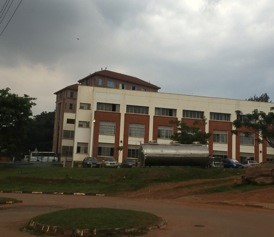
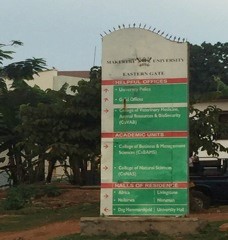



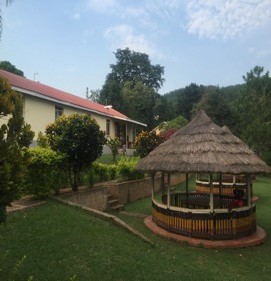

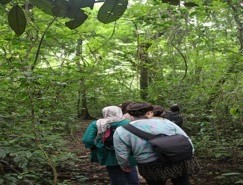



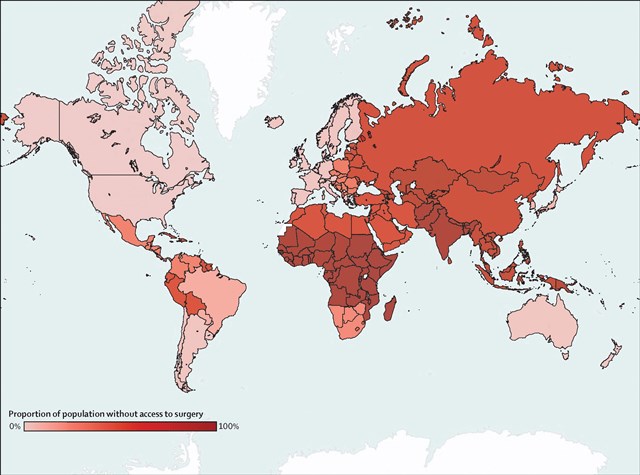
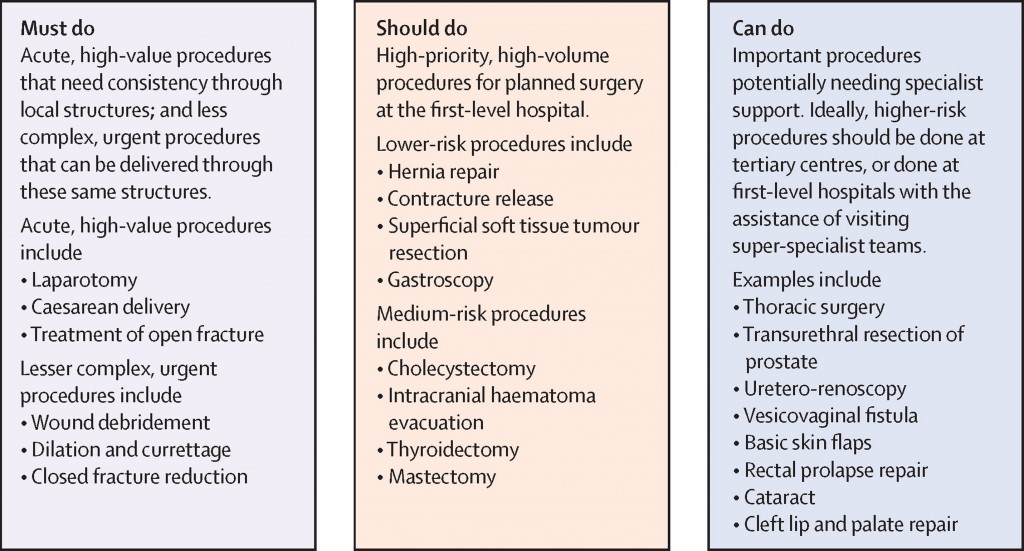
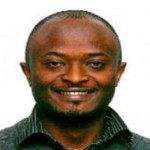

 Latest tweets
Latest tweets